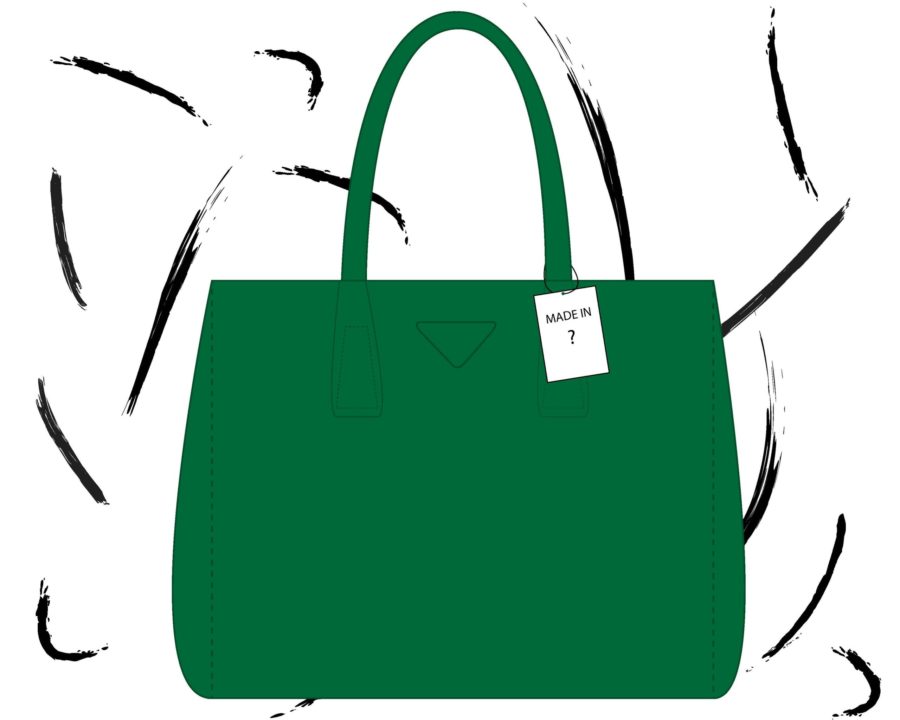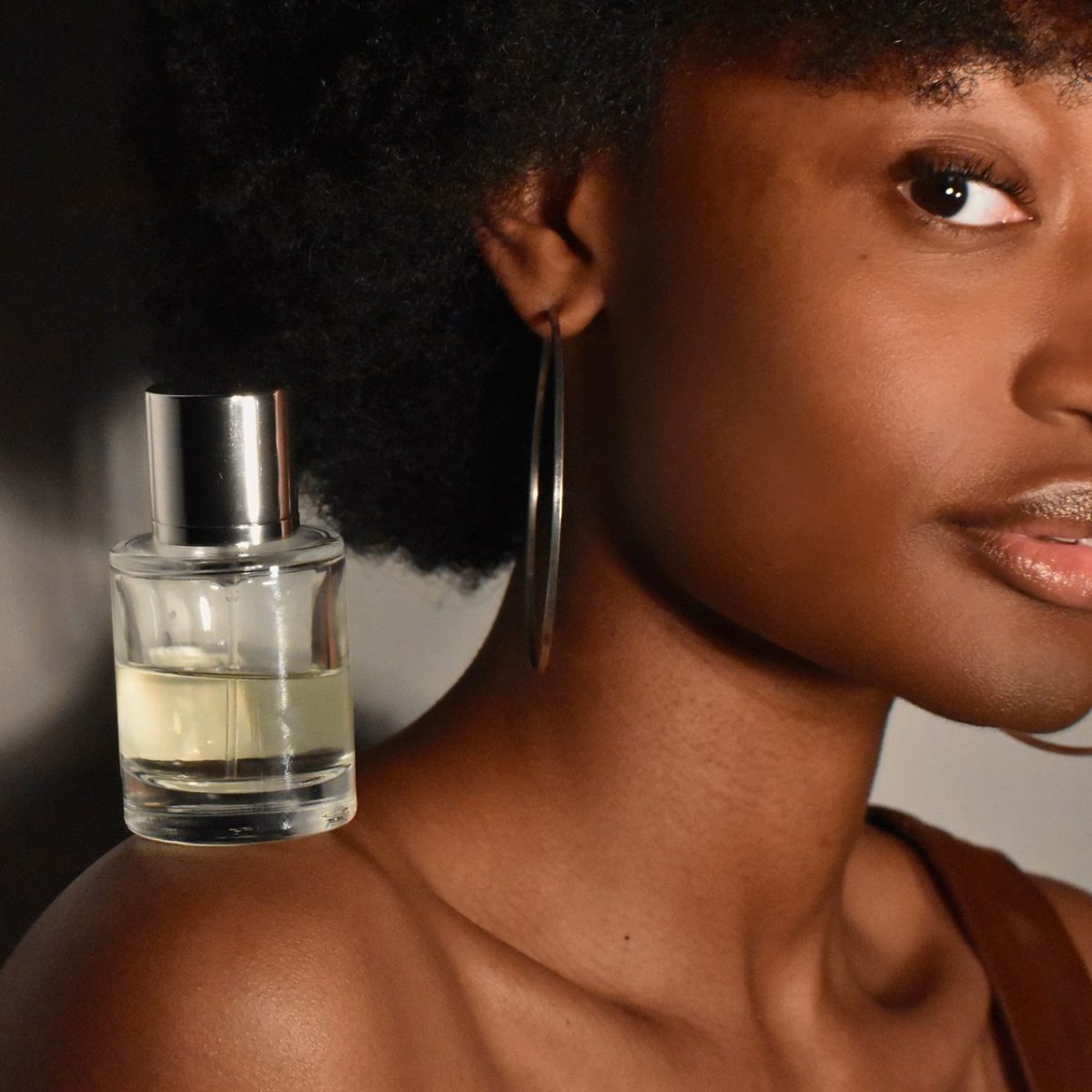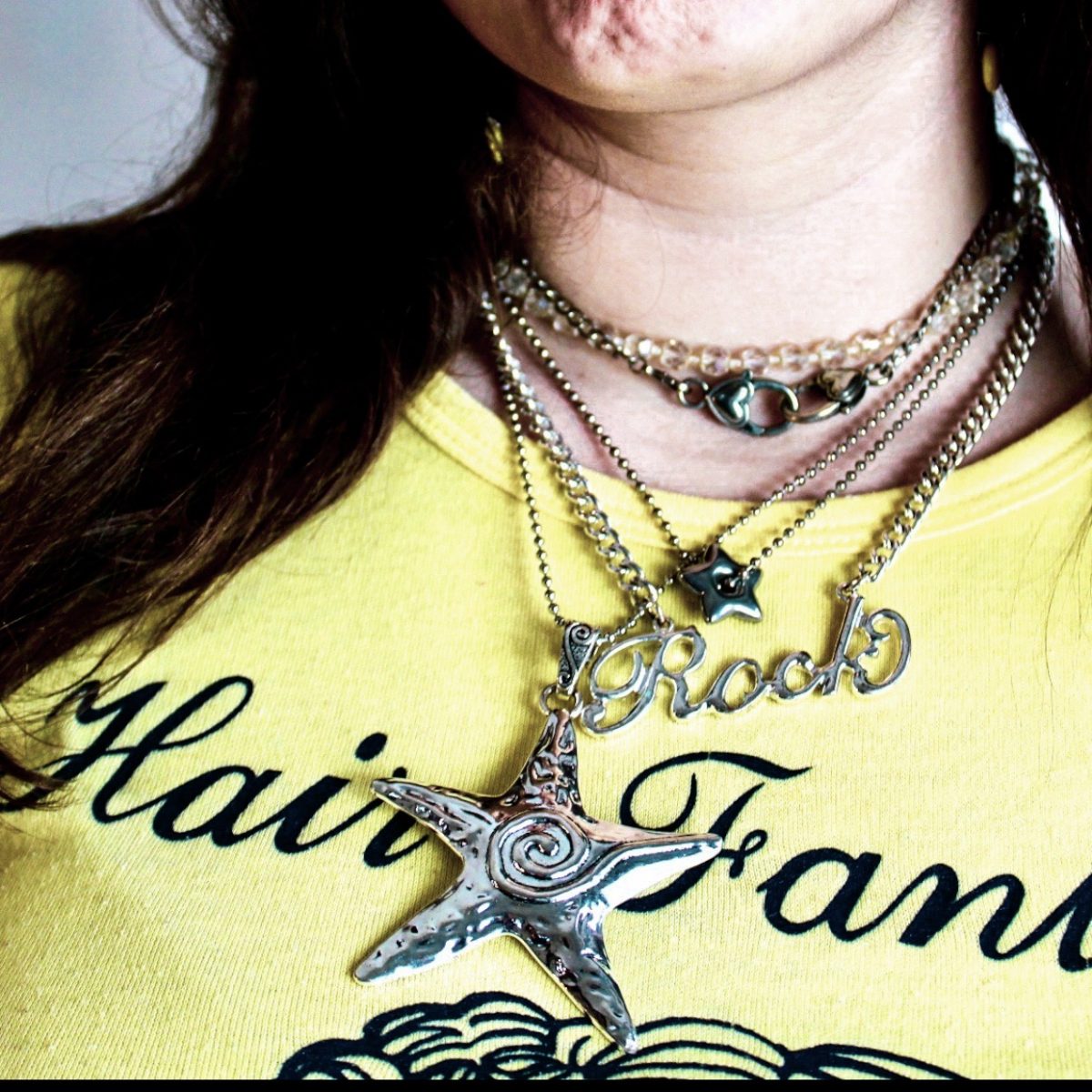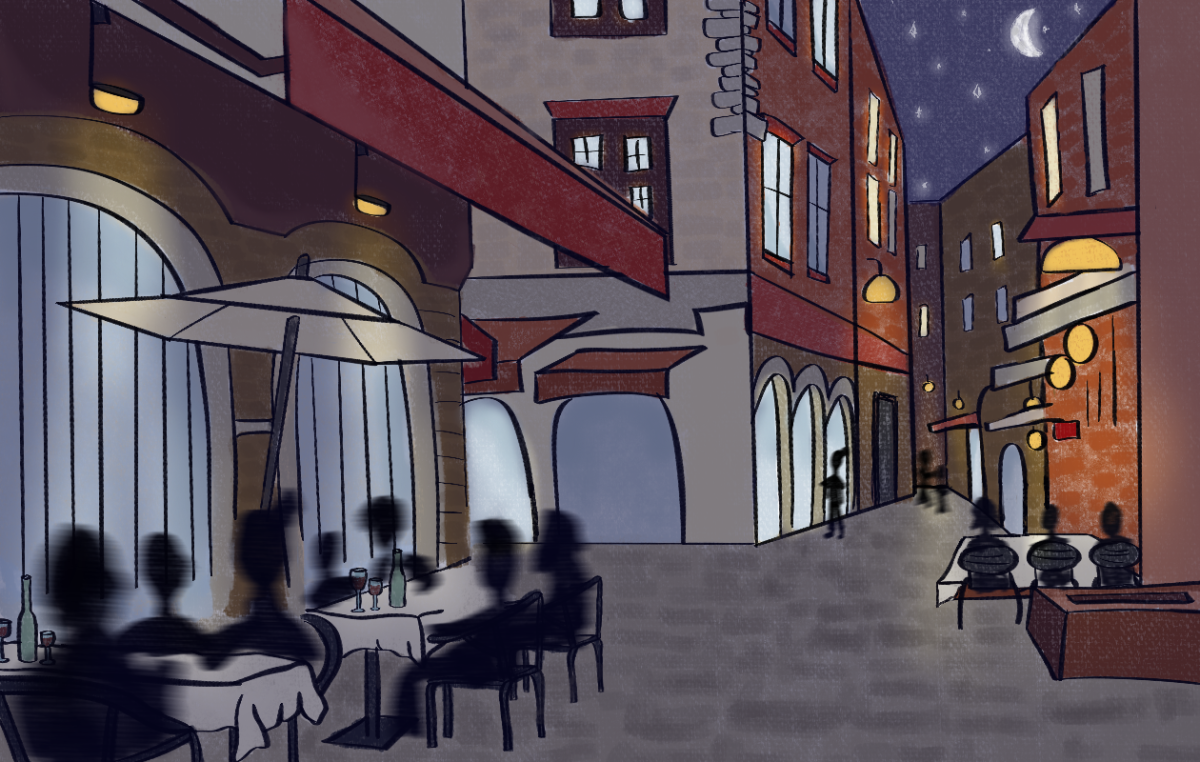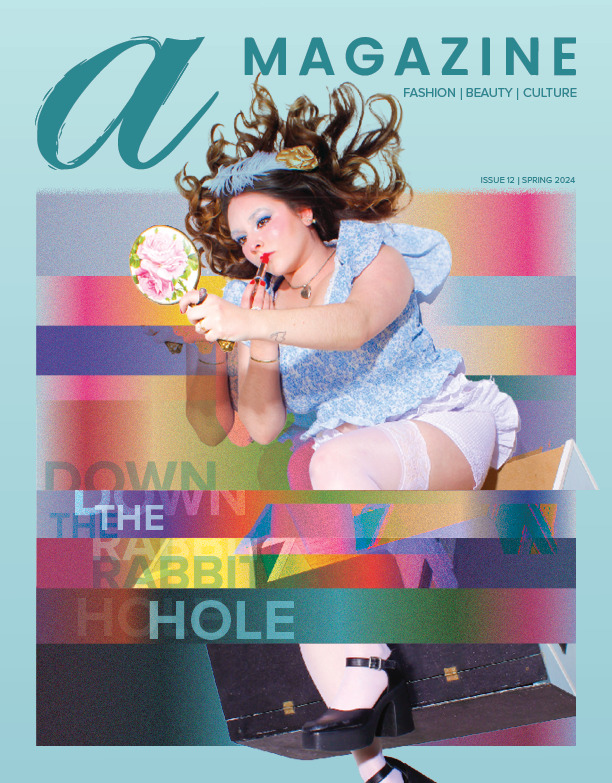Luxury fashion has been seen as a sign of status and class for centuries. Everyone dreams of owning these items, but only a select few will ever be able to afford them. A simple monogram or label can distinguish the elite from the common. But luxury fashion’s dirty secrets are coming to the surface and consumers are fighting back.
Made in Italy?
The country of origin can influence a customer’s ideas about quality. It is a common belief that fast fashion brands outsource to countries like China, Bangladesh and India, where labor is inexpensive and quickly completed. This leads consumers to the conclusion that these products are of lower quality. On the other hand, luxury brands spend more time and money on manufacturing their items. They outsource to Italy and France, sometimes even keeping production in the U.S.
Biases about how apparel’s quality relates to the country of origin are not as factual as they seem. Over the years, investigations have exposed brands like Dolce & Gabbana, Prada and Gucci for the working conditions in their Italian factories. These workplaces were entirely made up of Chinese immigrants who made less than Italian minimum wage in conditions that were compared to slavery. While the practice of employing inexpensive, mostly immigrant-based production in Italy is legal, it is a distortion of the truth that leads consumers to fall for the “Made in Italy” illusion.
Sometimes, the label on the inside of a designer bag that is so deeply coveted is not 100% honest. While the label states a product was made in this country, it technically means it was merely assembled there. According to Forbes, while these workers put together an item, the majority of the work that went into it could have been done anywhere.
“Because the ‘Made in Italy’ label only takes into account where the production process takes place and does not consider the national origin of the craftsmen, this expedient is totally legal,” said Annalisa Girardi of Forbes.
Burning merchandise
What was once an urban legend of the fashion industry has been confirmed by recent reports. Brands like Burberry and H&M have been caught burning unsold goods to avoid having to sell them at discounted prices. Anonymous employees of companies including Louis Vuitton, Chanel and Michael Kors have spoken out, stating they were also instructed to destroy unsold merchandise.
In a zine published by activist organization Fashion Revolution, an estimate is made of just how much unsold merchandise is disposed of by fashion brands. Christina Dean, the founder of Redress, says there is more going on behind the scenes.
“We know that around 100 billion garments are manufactured annually. Let’s say the sell-through rate (both full and discounted) is a generous 90%, then potentially 10 million items of clothing become ‘deadstock’ every year,” Dean said. “That’s a lot of clothes to miraculously make ‘disappear.’”
Luxury fashion houses have used this practice for decades as a method of maintaining the exclusivity of their brands. If there is a limited amount of bags and they never go on sale, it becomes a privilege to own one. Rarity and high price points are great for brand equity when it comes to luxury fashion.The act of destroying unsold merchandise reveals that luxury brands would rather set fire to their own products than make it accessible to the average person.
The other reason for this system is what is known as a “drawback” law that is in place. According to U.S. Customs and Border Protection program, if imported merchandise is unused and exported or destroyed under Customs supervision, 99% of the duties, taxes or fees paid on the merchandise by reason of importation may be recovered as a drawback.
This means companies are to receive refunds for any costs associated with importing their goods into the U.S. if these goods are destroyed. Intentionally doing so is a quick fix to ensure companies can still make money without a single price markdown.
Stealing designs
Media coverage of fast fashion taking more than inspiration from high-end designs is common, but many are unaware that luxury fashion is one of art theft’s biggest culprits. Independent artists have been calling out big name designers for stealing their designs in recent years.
Indian designer Orijit Sen said Christian Dior “copy-pasted my artwork and used it as part of an international collection.” Artist Katie Thierjung took legal action when Marc Jacobs released pins identical to those she designed for her online store. Kylie Jenner has been accused of stealing from independent artists and brands over eight times. The Mexican government confronted Louis Vuitton for copying indigineous motifs and patterns for an $18,000 chair.
Chances are you never heard about these accusations and you’re not alone. Popular designers quietly get away with replicating the work of independent artists because they have the legal and financial resources to.
The most effective way to change the fashion industry is to hold brands accountable for their actions. While it might look bleak now, the fashion landscape is constantly changing. Brands adapt to what consumers demand because sales are the foundation of their businesses. By calling fashion houses out for their wrongdoings, we can reform the industry.

